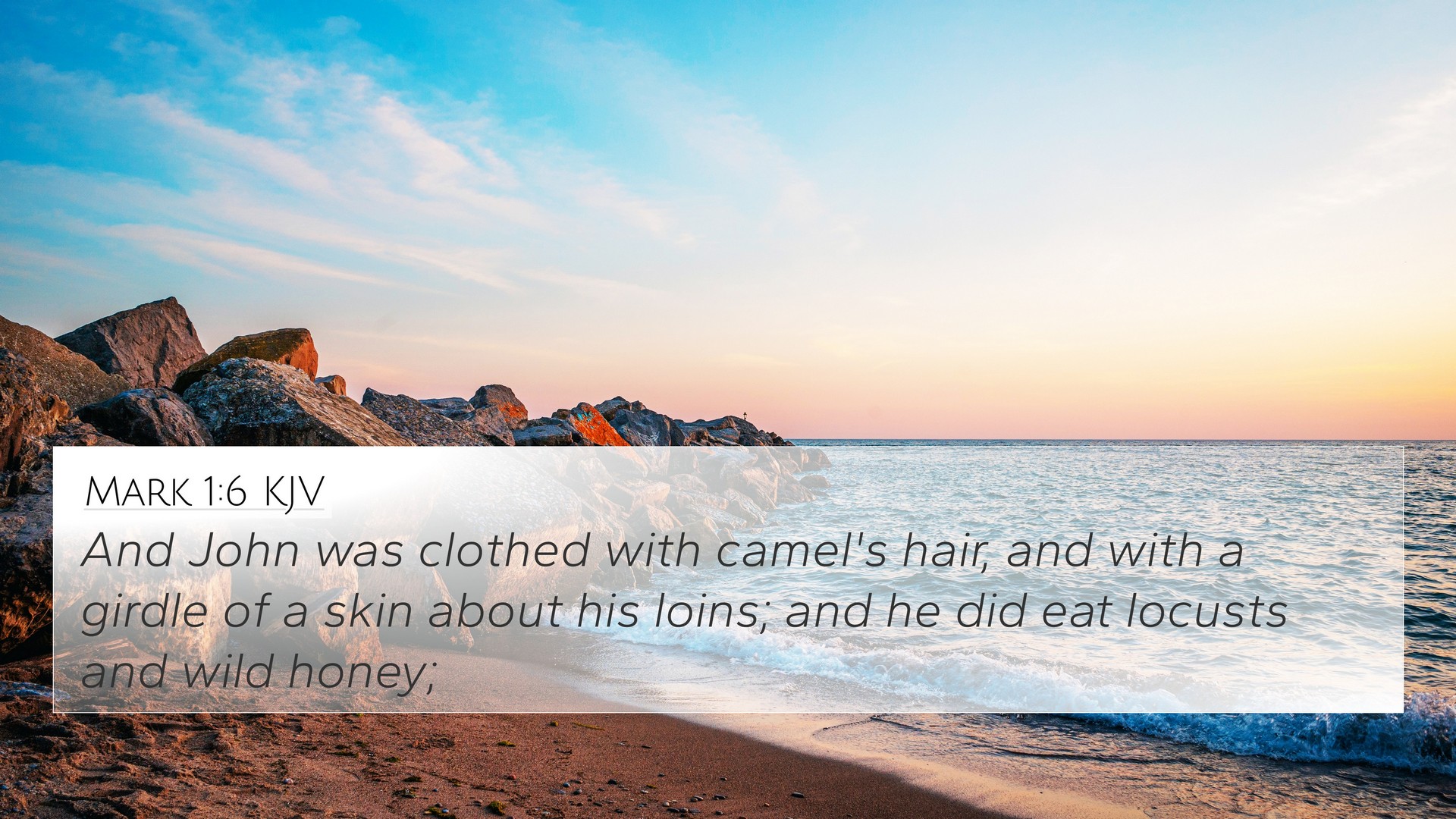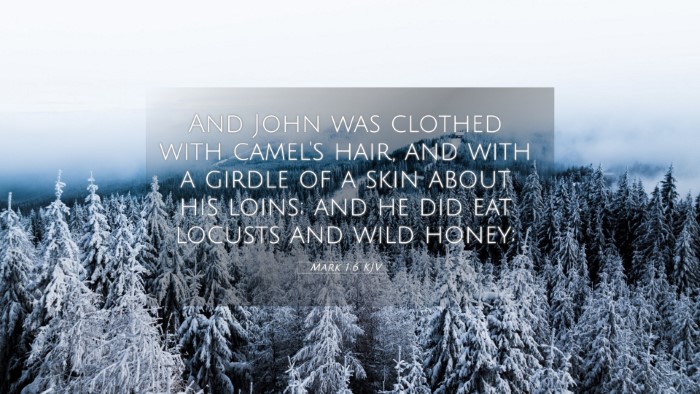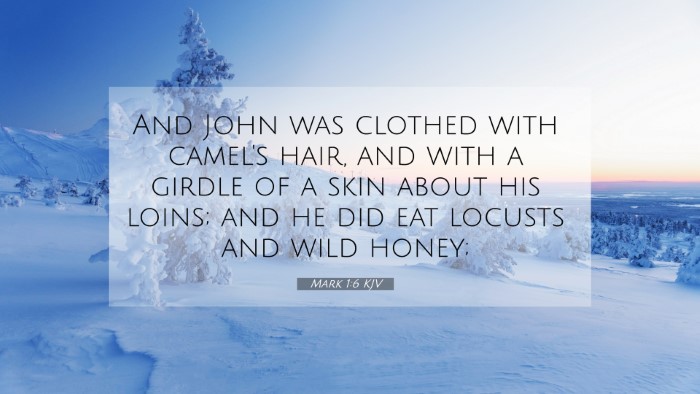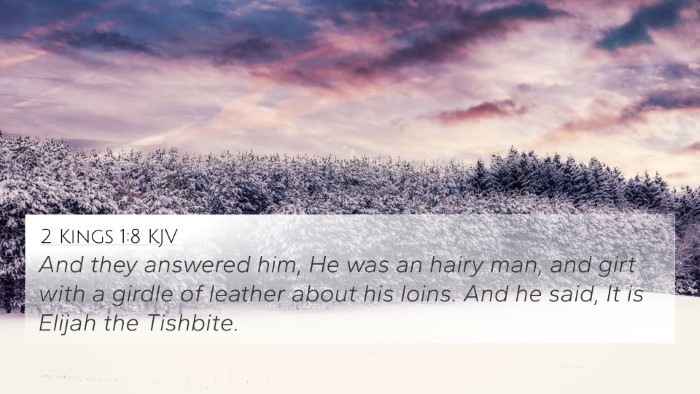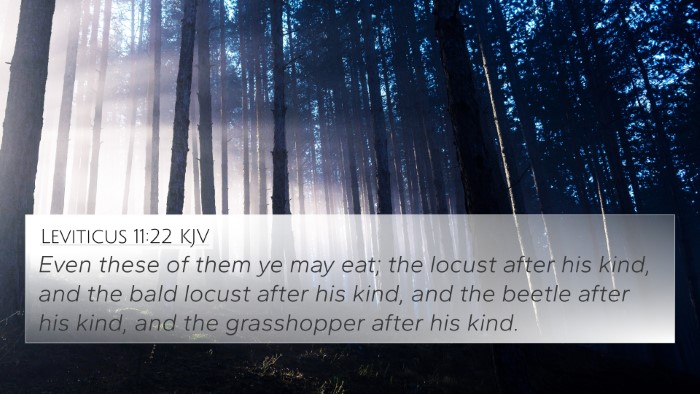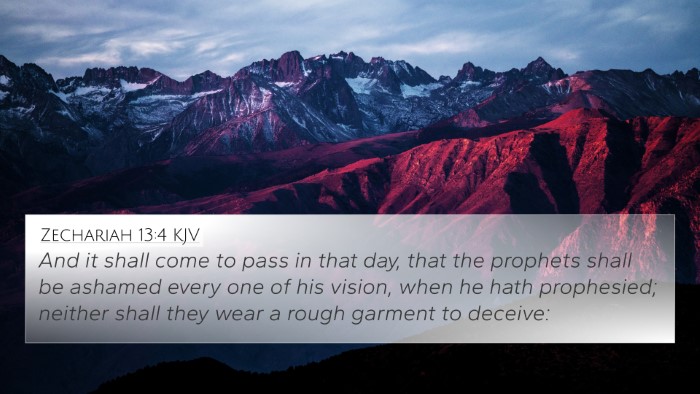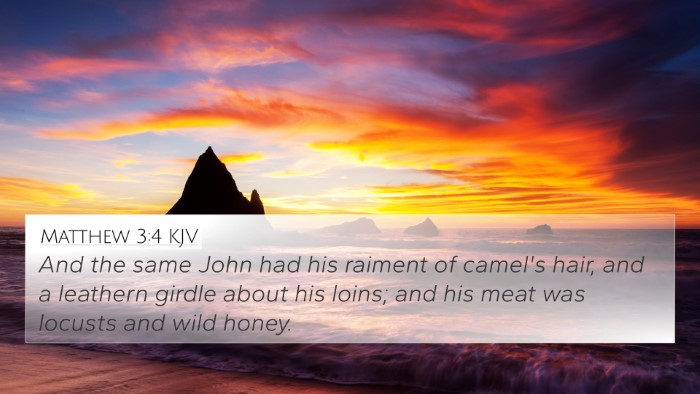Understanding Mark 1:6
The Bible verse Mark 1:6 states:
“And John was clothed with camels’ hair, and with a girdle of a skin about his loins; and he did eat locusts and wild honey.”
This verse serves as a description of John the Baptist, a significant figure in the New Testament. To fully appreciate the meaning and implications of this scripture, we can draw insights from various public domain commentaries.
Context and Description
John the Baptist is noted for his simple lifestyle and distinctive appearance, which underscore his prophetic role. The elements mentioned in this verse are not merely details about his attire but are rich in symbolism:
- Camels' hair: Represents humility and a rejection of worldly comforts.
- Girdle of skin: Suggests severity and dedication to a life of asceticism.
- Locusts and wild honey: Symbolizes a reliance on God's provision and the fulfillment of divine calling over earthly needs.
Commentary Insights
Below are condensed insights from Matthew Henry, Albert Barnes, and Adam Clarke regarding Mark 1:6:
Matthew Henry's Commentary
Henry emphasizes John’s role as a forerunner to Christ. His attire and sustenance illustrate his connection to Old Testament prophets, particularly Elijah, whose lifestyle mirrors John's (2 Kings 1:8). Henry notes that John's choice to live in the wilderness speaks to his prophetic mission in calling the nation to repentance.
Albert Barnes' Commentary
Barnes remarks on the significance of John’s unconventional lifestyle. By dressing in camels' hair and eating locusts, he sets himself apart from social norms, symbolizing the urgency of his message. Barnes highlights that John's humility and simplicity serve as a model for true spirituality, which focuses on inner devotion rather than outward appearances.
Adam Clarke's Commentary
Clarke provides a geographical and cultural context for the locusts, which were permissible to eat under Mosaic law (Leviticus 11:22). He elaborates on the honey, associating it with the land of Canaan, a land flowing with milk and honey, thus indicating the purity of John's message. Clarke also stresses the importance of John's mission in paving the way for the Messiah.
Cross-References
Mark 1:6 corresponds with several other Bible verses that enhance understanding of John the Baptist and his role:
- Matthew 3:4: Description of John’s clothing and diet.
- Luke 1:15: John’s destiny to be filled with the Holy Spirit from birth.
- Isaiah 40:3: Prophecy about a voice crying in the wilderness, directly relating to John's ministry.
- Malachi 3:1: A messenger to prepare the way for the Lord.
- 2 Kings 1:8: John’s dress likened to Elijah’s attire.
- Leviticus 11:22: Lawful insects to eat, explaining John's diet choice.
- Matthew 11:11: Jesus’ declaration about the greatness of John among those born of women.
Thematic Connections
This verse demonstrates the thematic connections of humility, preparation, and the prophetic tradition within the Bible:
- Prophetic Tradition: John the Baptist aligns with Old Testament prophets, heralding a new covenant.
- Preparation for the Messiah: John's life exemplifies the preparation needed for followers to recognize and accept Jesus Christ.
- Humility in Service: John's demeanor promotes a life devoted to God over worldly acclaim.
Conclusion
Mark 1:6 encapsulates significant elements of Judeo-Christian heritage, emphasizing John's unique call and role. This verse impacts how we view biblical characters, their obedience, and the fulfillment of prophetic expectation. For those engaging in tools for Bible cross-referencing, understanding these connections enriches personal study and sermon preparation.
